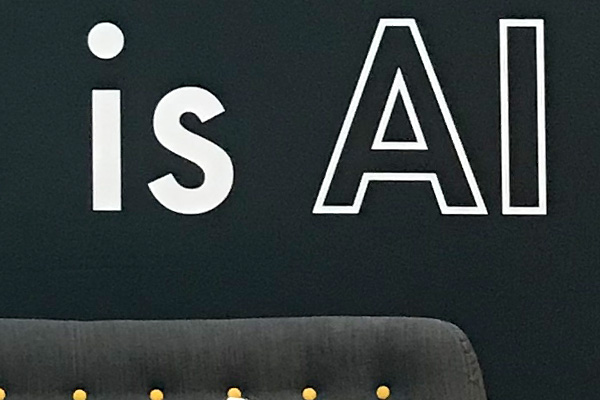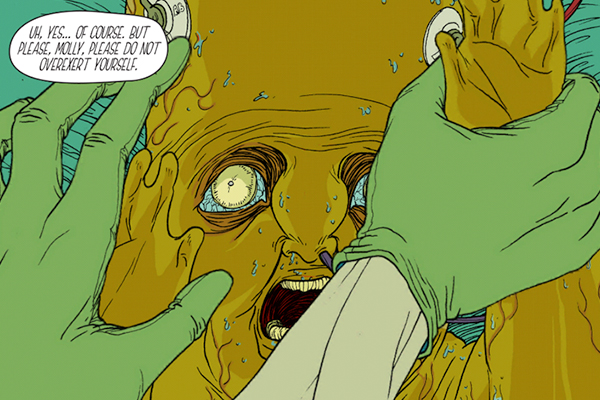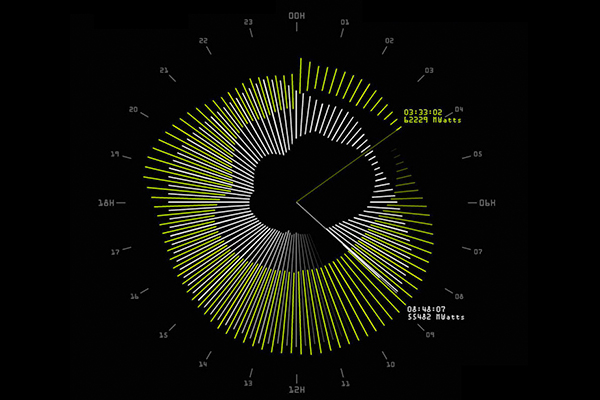Latest in: Technology
[spacer size="small"] I was fortunate to stumble upon the France is AI event this past week. As much as I dislike the name of the conference - I mean really, we cannot always directly translate …
Without a great story, every new technology or new form of interaction is meaningless. I can't remember where I read that but it's hard to argue against it. Upgrade Soul is an app, …
I was finally able to visit "Design, where are you?" at the Cité des sciences et de l'industrie. An exhibition for both professionals and the general public, for users which we all are. It's …


